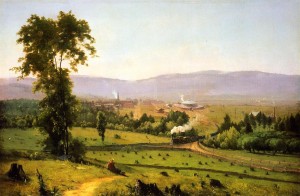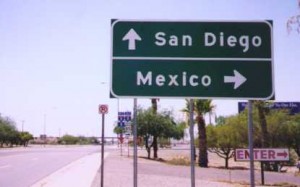New York and its harbors were the first point of contact most immigrants had for America, so it became a hotbed for a lot of racial tension well into the present day. New York is a very small space, with regards to square footage, and many different people live in the same area. Throughout New York’s history, this has been a consistent fact.
Natives
The Lenape people were the first to inhabit the area we know of as New York, and their first encounter with the Western World was with the French. The Dutch would come soon after, sparking a conflict that was short lived. In the end, a combined force of Lenape and Algonquin was crushed by reinforcements from Holland.
English
The English saw an opportunity to strike as the Dutch position was weakened. The Dutch built walls to defend against this aggression, so they brought slaves from Africa to do the work. By the time the English overtook the Dutch and seized the territory, nearly half the population was of African descent.
Irish
The Great Famine in Ireland forced Irish out of their home land and into other areas seeking better opportunity. They were largely a working class people in New York, and they started a riot over legislation passed by the US Congress in 1863. These riots were originally about military conscription and instead sparked a race riot targeting blacks wherever the Irish could find them. This brutal three-day period was known as the New York City Draft Riots, or just “Draft Week”.
About the Author: Samuel Phineas Upham is an investor at a family office/ hedgefund, where he focuses on special situation illiquid investing. Before this position, Phin Upham was working at Morgan Stanley in the Media and Telecom group. You may contact Phin on his Samuel Phineas Upham website or LinkedIn.

